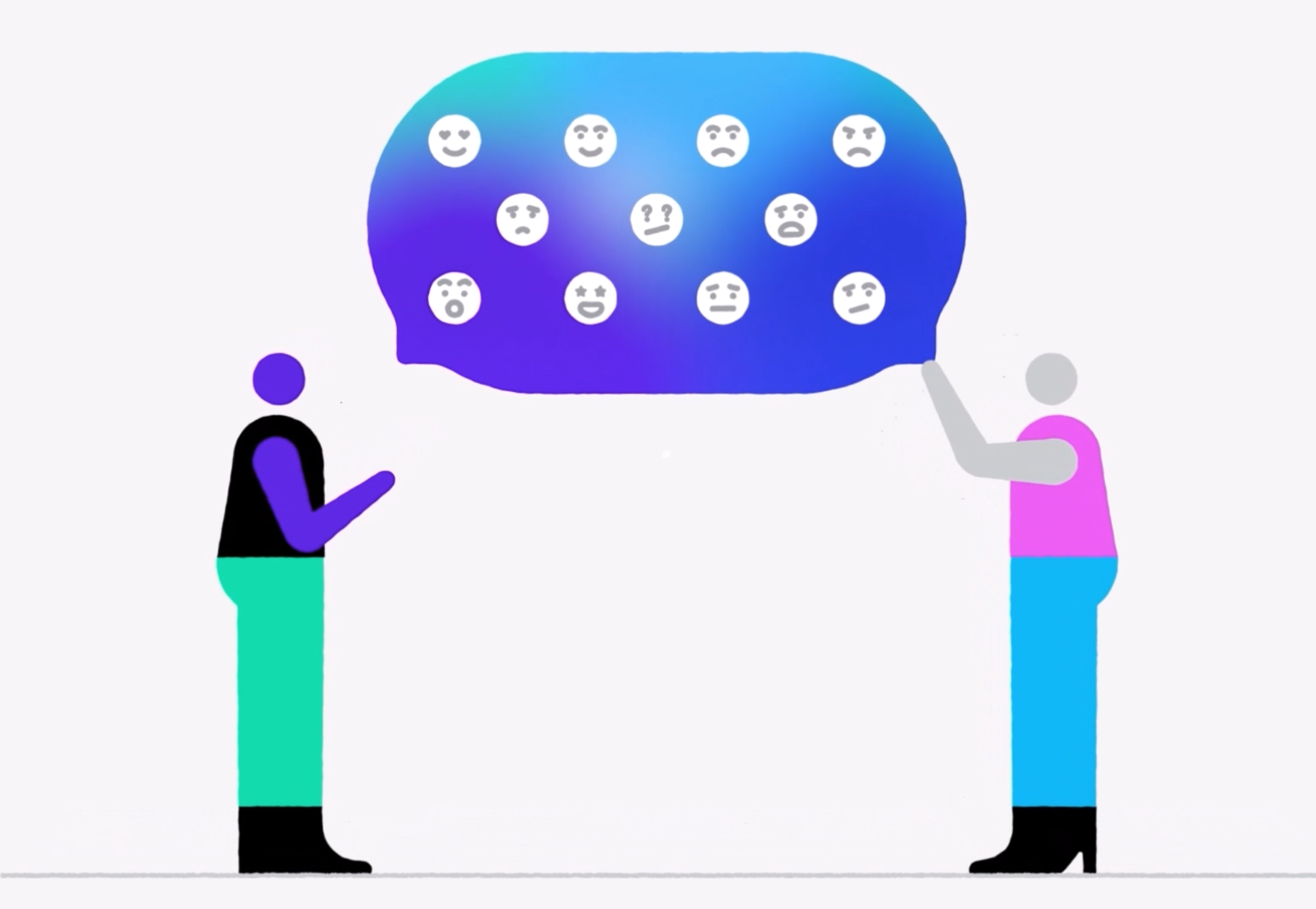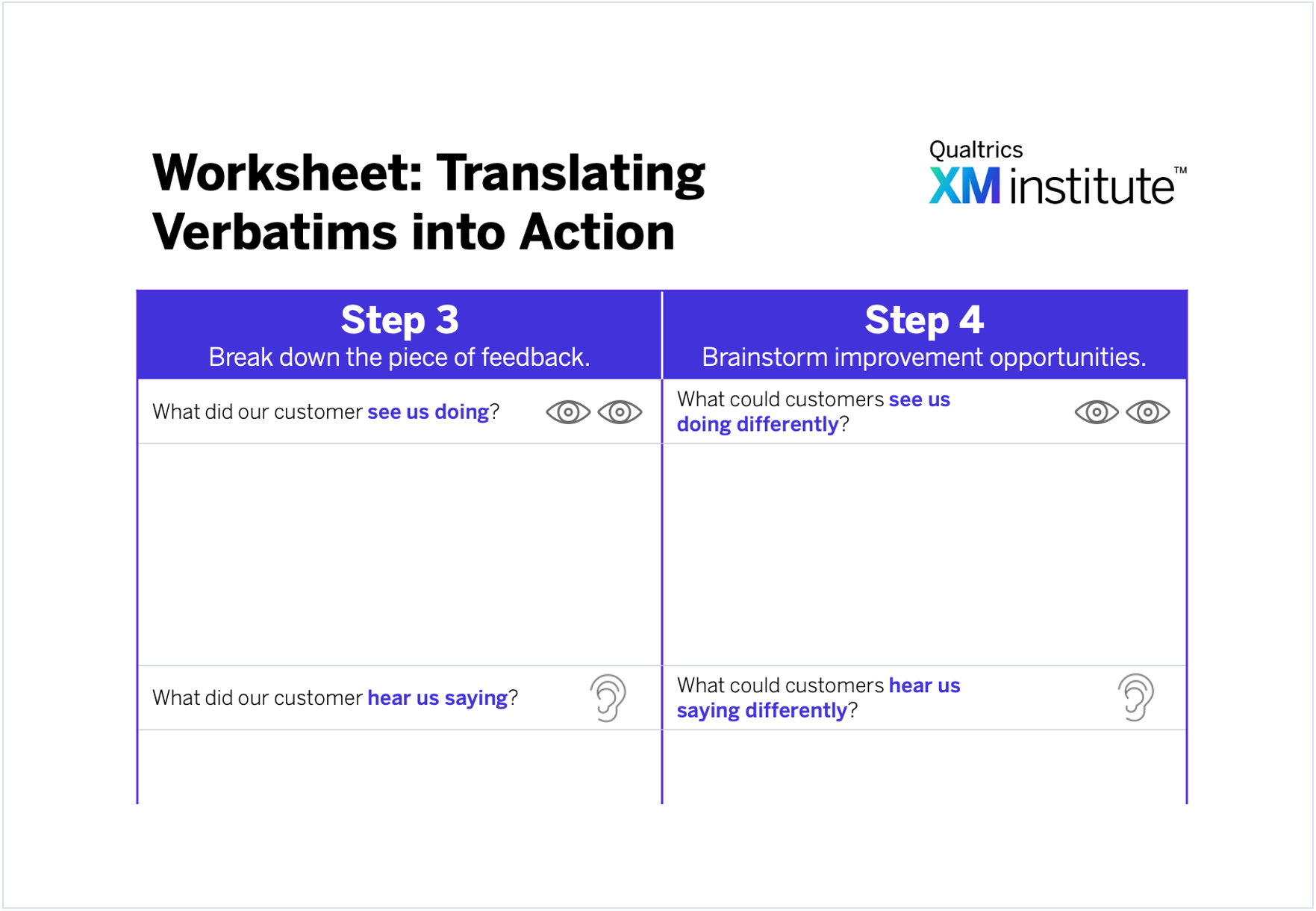Hi everyone:
This is my first blog posting — so HELLO!
I’m excited to start the blogging process by looking back at lessons we’ve learned from doing expert reviews since 1999. At Forrester, we do Web Site Reviews for our research efforts as well as for client projects. Based on my analysis of those evaluations, I recently published a research report called “Lessons Learned From 1,001 Web Site Reviews.” (Note: Only Forrester clients can see the full report). You can also read about this research in a Q&A with Lee Gomes in the Wall Street Journal.
One of the most interesting findings from the data is that the problems have shifted over the years. Our criteria fall into 4 buckets: Value, Navigation, Presentation, and Trust. From 1999 through 2001, most sites failed to pass our value criteria. Today, the average site does a much better job of offering customers the value they came for, but they fail to provide adequate navigation — which currently represents the most severe category of problems for sites.
Our analysis also looked at individual criteria. The criteria that sites currently fail the most turned out to be “Home pages that provide evidence that the user goals can be completed.” It’s hard to get a user to do something online if they don’t know that it’s possible. Ironically, two of the easiest flaws to fix — weak text legibility and poor security policies — have been nagging problems for several years.
The Web Site Review scores over the previous eight years provide insights into the state of Web site experiences, but they don’t tell the whole story. I also gave some thought to what lessons we’ve learned along the way. In my research, I identified eight of them. Rather than make my first blog continue on too long, I’ll only discuss one of the lessons learned — the most important one. So, what is this lesson learned?
It’s that Scenario Design remains the key ingredient to great experiences. While Forrester’s Web Site Review criteria have changed over the years, the guiding principle behind our customer experience recommendations and evaluations has remained the same: Scenario Design. This framework is based on the answers to three basic questions: Who are your users? What are their goals? And how can you help them achieve those goals? Firms wanting to know what content and function to provide, and how to make that content easy to find and use on their Web sites — or any channel — should constantly ask and answer those questions. The concept is simple, yet powerful. There’s a lot of change that can happen at firms when people start internalizing those questions.
So, I’ll end my first post here with two words: Scenario Design.
Hopefully, this is a start of a long-term dialogue. Feel free to post your comments.
This blog post was originally published by Temkin Group prior to its acquisition by Qualtrics in October 2018.





